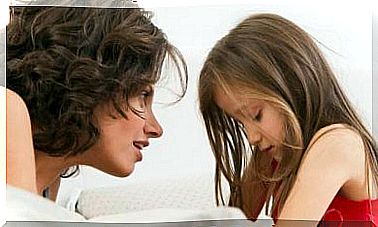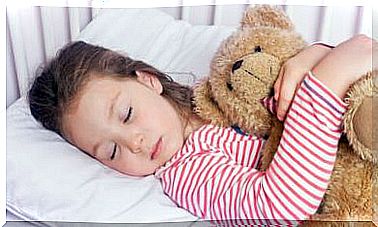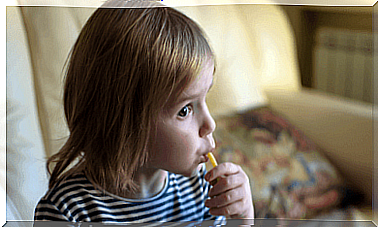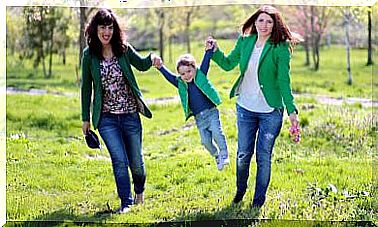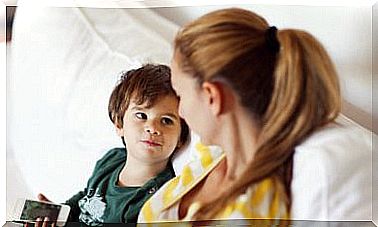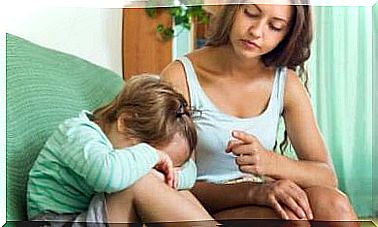Automatic Gait Reflex
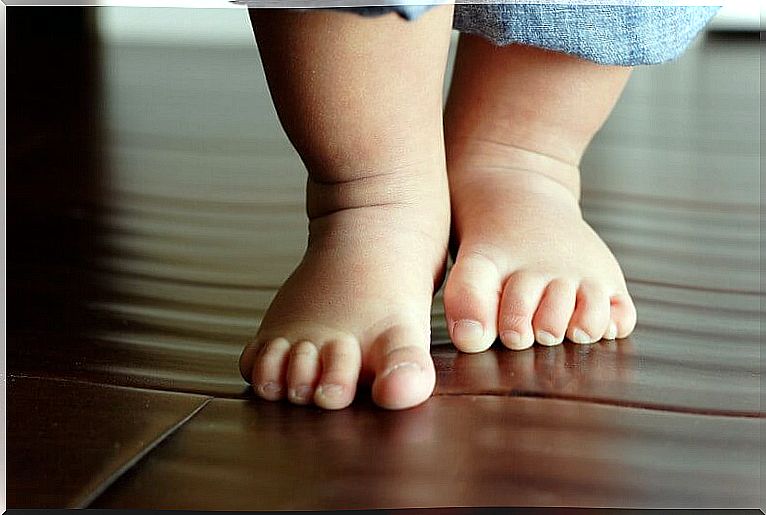
The automatic gait reflex is an instinctive behavior that occurs in babies during the first month of life. Like other aspects, it is an indicator of adequate development on the part of the newborn. Let’s see in detail what this reflex consists of and what the warning signs are.
The appearance of reflexes is the most effective way that pediatricians can assess whether the baby is growing as expected. The most common reflexes are the Landau reflex, the grasp reflex, the moro reflex and the suck reflex.
We then add the automatic gait reflex, which appears approximately from the fourth day of life onwards.
It’s a really impressive action for such small beings. So impressive that recently a video showing a newborn “walking” went viral on the network.
According to normal parameters, this reflex should disappear when the baby completes its first month of life. When it continues after the first month, it can be considered a warning sign, as we will see later.
How is the automatic gait reflex evaluated?
To detect its presence, it’s very simple: you must hold the baby by the armpits and stand him up on a straight plane. The baby’s response should be to stretch and flex both feet and move them alternately, as if trying to walk.
Also known as the “walking reflex” or “primitive gait reflex,” this reflex usually reappears later, between eight and twelve months of age. At that point, the baby really starts getting ready to walk.
When to worry?
Loss of reflexes is not a cause for concern when it occurs in due course. It’s perfectly natural, given that the baby is learning, little by little, to govern his actions and stop instinctively reacting to every external stimulus.
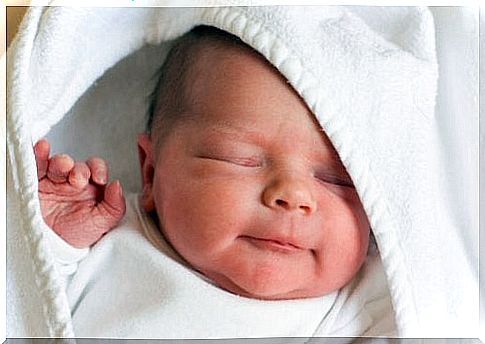
In fact, what should be a warning sign is the permanence of reflexes that should have already disappeared. This may indicate a delay or decline in the baby’s motor development.
In these cases, professionals examine the baby more closely to determine what can be done.
Other reflexes characteristic of the first months
Along with the automatic walking reflex, during the first weeks of life, other reflexes called primary or primitive appear. These are:
- Suction reflex. It is this reflex that allows the baby to suckle at the mother’s breast to feed. But it can also occur when bringing any object close to the child’s lips.
- Search reflex. When you put your finger close to the baby’s mouth, he should try to find our finger. This reflex also allows finding the mother’s breast to breastfeed.
- Grip reflex. When we bring something closer to the baby’s hand, he will try to hold it by closing his hand. It can also occur on the feet.
- Moro reflex. It consists of the baby’s defensive response when it hears a noise or when it is moved abruptly. In these cases, the baby folds his arms and then places them on his chest.
- Cross-arm reflex (moro). When your baby hears a loud noise or experiences an unexpected change in position, he or she brusquely pulls his arms apart and then places them on his chest. Disappears at 6 months.
- Babinski’s reflection. The baby opens his toes in a fan shape when the sole of the foot is stimulated with an object.
- Asymmetric cervical tonic reflex. Demonstrates body coordination. When the baby’s head is held to one side, the arm and leg on that side are straight. If the head turns, arms and legs are flexed.

In addition to these reflexes, babies also manifest reflexes that will last a lifetime. As is the case with yawning, blinking, sneezing, vomiting, coughing and swallowing reflexes.
For all these reasons , it is extremely important to carry out all the tests indicated for the baby’s first months of life.
Minutes after the end of delivery, the pediatrician is responsible for checking that all the baby’s functions are perfect. Keeping the exams up to date will allow you to be sure that everything is correct in your baby’s development.

